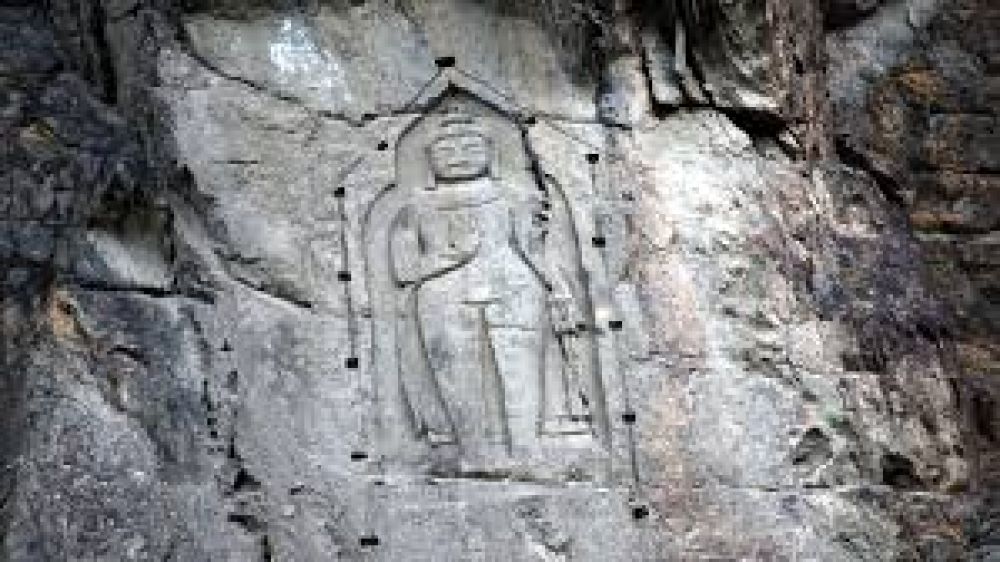

Nestled amidst the rugged landscapes of Gilgit in Pakistan, the Kargah Buddha is a historical testament to the region's rich cultural tapestry. This magnificent archaeological site has attracted travelers, historians, and those in pursuit of spiritual solace for decades.
The Kargah Buddha is believed to date back to the 7th century and is a significant relic from the era when Buddhism flourished in the region. Carved into solid rock, this imposing statue stands as a silent witness to the ancient Buddhist civilization that once thrived in the Gilgit-Baltistan area.
Archaeologists and historians pinpoint its origins to the Gandhara period, which is renowned for its unique art style that blends Hellenistic and South Asian influences. As Islam gradually became the dominant religion in the region, the importance of Buddhist sites like Kargah Buddha transitioned from religious to historical and cultural significance.
The history of tourism at Kargah Buddha is relatively recent. Tourism gained traction in the latter half of the 20th century as intrepid adventurers and scholars began exploring the lesser-known parts of Pakistan. Recognition of Gilgit-Baltistan's natural beauty and historical richness brought a steady stream of visitors to the Kargah Buddha.
Initially, the rough terrain and lack of infrastructure limited the number of visitors. However, with the government's emphasis on developing the tourism sector, improved roads and facilities have made Kargah Buddha more accessible, placing it firmly on the map for cultural tourism.
Tourism trends in the region have seen a significant shift towards responsible and sustainable practices. With the global movement towards eco-friendly travel, there's been an increase in eco-tourism initiatives to preserve the natural beauty and cultural heritage, including the site of Kargah Buddha.
Adventure tourism is also on the rise, with visitors combining their cultural excursions with trekking, mountain climbing, and exploring the breathtaking landscapes of Gilgit. The blend of adventure and cultural learning makes for a profound and immersive travel experience.
Recently, the introduction of digital platforms has made information about lesser-known sites like Kargah Buddha more accessible, empowering a more diverse and global audience to discover and plan visits to these hidden gems.
Visitors can marvel at the Kargah Buddha and also enjoy the serene ambience of the valley. Local guides are often employed to enrich the experience with tales of the region's history and folklore.
The government's development initiatives have been complimented by a focus on cultural preservation, ensuring that as tourism continues to grow, the Kargah Buddha will remain an emblem of the region's historical legacy for generations to come.
Tourism at the Kargah Buddha is more than just a visit to an ancient relic; it is a journey through the annals of time, where the echoes of the past resonate amidst the silence of the giant Buddha. As you stand in the presence of this remarkable site, the intertwining of history, culture, and spirituality is palpable, making Kargah Buddha a must-visit destination for anyone traveling to Pakistan.